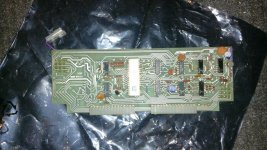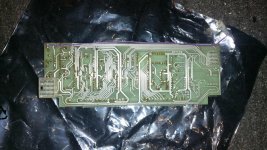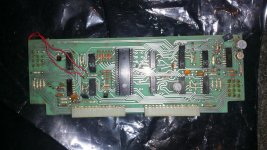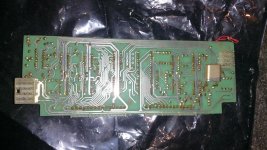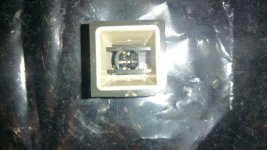Okay.. it appears the 'space' situation was caused by the absence of the cursor control board. Well, actually the board was installed, but I'd neglected to connect the appropriate cable to it. So that's good as far as that goes.
The original serial board doesn't work at all... as soon as I install it, I lose the keyboard. It's got an AY-5-1013 on it, but by the looks of it, an early one. The chip is white ceramic rather than plastic, soldered directly. I do have another serial board from my other CT1024.. same chip, but socketed and plastic. And it has two extra ICs at the lt side, as well as a timing crystal my original one doesn't have. I guess we'll give it a try and see what happens.
I tried contact cleaner on the keys I removed but no dice thus far.. max resistance now but no change when key pressed.
